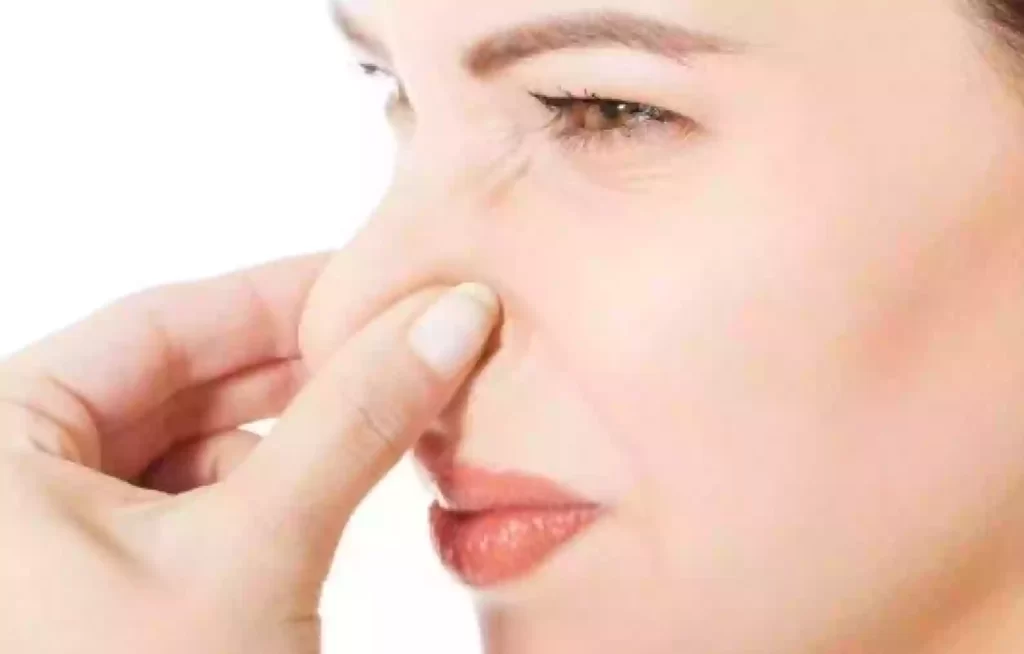How to avoid Soap-Making Odors
Introduction
Have you ever been in the middle of making soap and suddenly found yourself overwhelmed by unpleasant odors? We know how frustrating it can be when the aroma of your soap-making process takes away from the joy of creating beautiful and fragrant bars of soap. But fear not! In this article, we will explore some helpful tips and tricks to keep those unwanted odors at bay, allowing you to fully indulge in the creative and soothing experience of soap making.

Understanding Soap-Making Odors
Let’s first examine the causes of odors in the soap-making process before moving on to the solutions. Soap making involves a carefully balanced chemical reaction between oils and a powerful alkali solution, which produces glycerin and soap molecules. While this reaction is a primary component of soap making, it can also generate certain odors that may not be as pleasant as the scents we want to infuse into our soap bars.
Causes of Unpleasant Odors
1. Rancid Oils:
Oils that have gone bad or turned rancid can result in foul-smelling soaps. It is crucial to always check the freshness of your oils before incorporating them into your soap recipe.
Unrefined oils are particularly prone to rancidity due to their higher content of impurities. To ensure freshness, store oils in a cool, dark place and use them within their recommended shelf life.
2. Reactive Ingredients:
Certain ingredients in the soap-making process can contribute to unwanted smells if not used appropriately. Sodium hydroxide, commonly known as lye, is a caustic substance that initiates saponification. Be mindful of its odor and take necessary precautions when handling it.
Fragrance oils, and essential oils, although chosen for their delightful scents, can sometimes react with other soap-making ingredients, resulting in unexpected odors. Always perform a small test batch to ensure compatibility.
3. Overheating:
Excessively high temperatures during the soap-making process can escalate the release of unpleasant odors. Avoid overheating oils during the melting phase, as this can cause them to break down and develop off-putting scents. Maintain a controlled temperature in your soap mixture to minimize the risk of unwanted smells.
Effective Solutions for Odor-Free Soap Making
1. Choose Fresh and High-Quality Oils:
Since rancid oils are a common culprit behind unwanted odors, regularly inspecting and replenishing your oil supply. Opt for high-quality oils known for their stability to ensure the best possible scent outcome in your soap bars.
2. Proper Handling of Lye:
As the backbone of the saponification process, lye is essential but can also cause a strong odor. Here are some tips to handle it safely:
• Work in a well-ventilated area to help dissipate any strong smells.
• Use protective gloves and goggles to avoid direct contact and inhalation.
• If your soap-making space allows, consider using a lye solution with a lower odor intensity.
3. Test Fragrances and Essential Oils:
Before using fragrance oils or essential oils in your soap recipes, always conduct a small test batch. This ensures that undesirable reactions between different ingredients are detected early on, minimizing the risk of unpleasant odors.
4. Mindful Temperature Control:
Pay close attention to the temperatures at each stage of the soap-making process. Maintain a suitable heat level when melting oils, ensuring they don’t reach the point of overheating. Keep an eye on the temperatures of your lye solution and soap mixture while adhering to the suggested guidelines for the best scent preservation.
5. Additional Tips for a Pleasant Environment:
Aside from the soap-making process itself, consider these supplementary practices to preserve a pleasant aroma during soap-making:
• Keep your workspace clean and well-ventilated to minimize any lingering odors.
• Use air fresheners or natural odor absorbers, such as activated charcoal or baking soda, to eliminate unwanted scents.
• Incorporate pleasant fragrances, such as freshly cut herbs or floral arrangements, to enhance the overall atmosphere as you create your masterpieces.
Final Words
Don’t let unpleasant odors hinder your soap-making journey! By understanding the causes and implementing these solutions, you can ensure a delightful and aromatic soap-making experience. Remember to choose fresh and high-quality ingredients, handle lye with care, test fragrances properly, monitor temperatures, and create a pleasant environment in your soap-making space. With these odor solutions in your arsenal, you are well on your way to creating beautifully scented soaps that will captivate the senses and bring joy to both the maker and the recipient. Happy soap-making!